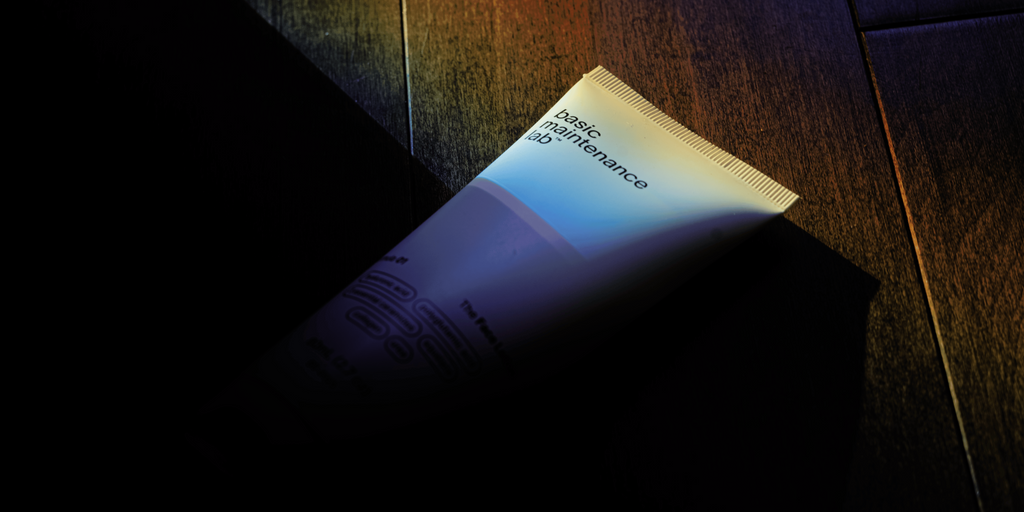Are You Stuck In A Skincare Spiral?
How to stop the cycle.
Getting fed up with hyped-up, complex skincare routines that over promise and under deliver?
That never ending cycle of creams, serums and frustration?
Think of all the money you've spent (read: wasted) on each new miracle potion.
And yet here you are - same skin, same skin problems. Maybe even worse.
"But @therealskinexpert SWORE by it and we love them and all of their recommendations."
Yet there it sits, in our cluttered medicine cabinet, next to all of their other recommendations that just. didn't. work. It's a vicious cycle and it happens for a few reasons.
You know how it goes - "RARE, ground breaking new ingredient XYZ, mined from the Garden of Eden itself, found to undo a millennia's worth of physiological aging in 162% of consumers! Get it today for $234."
Let me ask you something. Why did you do it? You knew there was a chance it was BS. But you did it anyways!
The worst part? It probably created a new problem lol
But guess what! They've got something for that too! Products create problems that require new products. On and on it goes. I call it the skincare spiral. Catchy right?
Let me ask you something else.
Did you know that your skin is the largest organ in your entire body? That same body that magically heals itself when it's sick, hurt and even maimed? So... why wouldn't your skin?
Short of cosmetic surgery - your body is your body, and your skin is your skin. There's only so much you can do with anything topical. And if that's the case, what should your goal be when it comes to skincare products?
Well, the same as it should be with the rest of your body!
Supply it with the proper nutrients, get rid of as much junk as you can, and HELP it do it's job as best as it can.
Feed it products with ingredients that your skin is actually made of. The same way you do when you take a multi-vitamin.
Think of your skin concerns in terms of an ailment driven by some sort of vitamin deficiency. If your body is low in Vitamin D, you're probably tired, moody, and maybe experiencing some joint pain.
If your skin is lacking ceramides, you're probably prone to redness and irritation. If your skin is lacking hyaluronic acid (yes, it's naturally occurring in your skin), it's probably dry and stiff. If your skin is lacking collagen, it's probably developing wrinkles faster.
And the list goes on.
All of this is to say - do yourself a BIG favor, and start thinking about taking care of your skin the way you would take care of the rest of your body. Don't focus on altering it, focus on assisting it. Feed it what it needs!
Remember - skin care, not skin procedure. I promise you the results will speak for themselves.
PS - I'd urge you check out Formula 01: The Face Lotion and it's bundles.
Why?
1) It's been specifically formulated to supply your skin with the EXACT elements it's made from.
2) AND elements that improve your skin's production of those same elements.
3) AND elements that slow down the aging process of those elements.
That's proper skin care. Everything else is basically just make up without the added colour.
And make up comes off.



